Omnichannel Commerce
Omnichannel is a trendy topic, kind of like 'going headless' or eating Tide pods. Like those two, you might do irreparable damage without a plan, you need a plan when rolling out an omnichannel strategy. It was a huge topic at this year's Ecomm Forum, Black Friday/Cyber Monday conversations, so we're here to help you take a few bites. "Harvard Business Review observed the shopping behaviors of 46,000 consumers and found out that around 73% of consumers prefer shopping through multiple channels. Comparatively, 7% of consumers shop online exclusively, and 20% shop merely in-store."
"The State of Commerce Experience 2021 shows that almost half (44%) of B2C buyers and 58% of B2B buyers say they always or often research a product online before going to a physical store. Even when in-store, they will still go online to continue their research" from Bloomreach.
Key Takeaways
- Mutlichnnel and Omnichannel are very different. Know the differences. Understand why we suggest Omnichannel.
- Start small and build. You eat a whale one bite at a time.
- Tracking and metrics are crucial for data-driven decisions.
- Omnichannel can lead to new customer segments you didn't have access to before. An exceptionally powerful marketing tool. Get in touch here if that's interesting.
What is Omnichannel?
The term omnichannel sounds a bit like an oppressive, multi-national cabal. But it's really not that scary.
Omnichannel selling is a selling strategy that branches beyond your website to sell on 3rd party marketplaces, social media selling, and retail stores while maintaining the experience you want your customers to have with your brand.
It also allows seamless and integrated data collection for in-store and online customer interactions. It is tailored toward a customer's first focus and servicing them where they are at, and in return, creating a harmonious experience between retail and online.
Simply: sell in many places, with a consistent brand experience.
The Differences between Single, Multi, and Omnichannel?
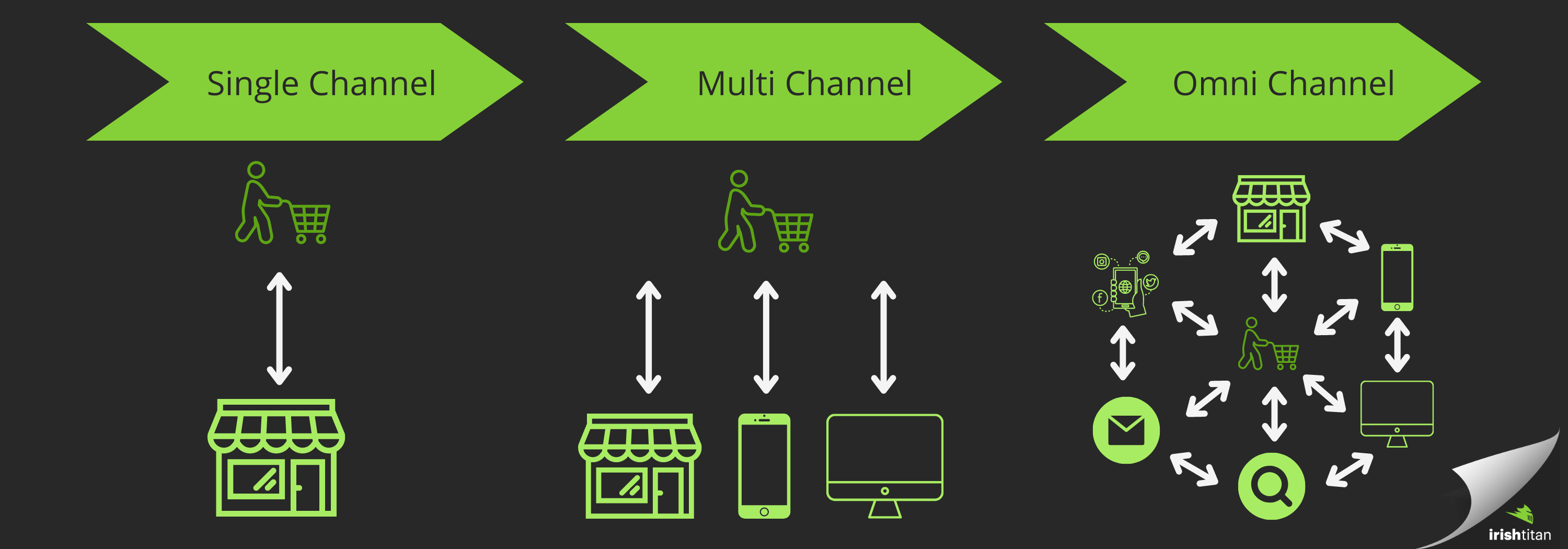 Single Channel: You will sell your product through one channel. Oftentimes this is just your website. It works. You have total control but are limited to your own reach and infrastructure.
Single Channel: You will sell your product through one channel. Oftentimes this is just your website. It works. You have total control but are limited to your own reach and infrastructure.
Multichannel: You can sell (and communicate) by 3rd party marketplace, phone, website, social media, mobile, or physical store but the channels are not connected or consistent. Your experience is dictated by the platform. You might not have access to as much data or be able to use that data for actionable steps. You won't be aware of how you made contact with different channels.
Omnichannel: Like multichannel with a strategic plan, solid integration, and brand experience for your customer. All your channels are connected to one place. You might use different platforms to fulfill or return orders, significantly beyond multichannel.
Why is Omnichannel better than Multichannel?
With multichannel, you have multiple channels. Rocket science, we know. You also have multiple channels with omnichannel but they're now connected, integrated, and communicating with each other and you have a plan for how to best update systems, fulfill orders, accept returns, and warehouse products. All while your customers feel your voice through platforms outside your website. It's brand building. Pretty awesome.
This also means that there's data flowing from your other platforms to inform your decisions. You know where people are searching, browsing, buying, and returning. Omnichannel has all the data and metrics for all your channels in one centrally located place. This means your customer has many different ways to interact with your brand and, even better, can track all the touchpoints. Overall, using an omnichannel approach will enhance your customer experience.
Hub and Spoke Model:
 When you think about omnichannel, you can think about it like a hub and spoke model. Or, your website at the center and going out are things like 3rd party marketplaces (Amazon, eBay, Walmart, Etsy), social networks with online selling like Instagram, brick-and-mortar stores, apps, and more. Your website should be the CORE of your strategy. It's where your customer gets the purest experience you're after. Then the spokes are all the different channels that are connected.
When you think about omnichannel, you can think about it like a hub and spoke model. Or, your website at the center and going out are things like 3rd party marketplaces (Amazon, eBay, Walmart, Etsy), social networks with online selling like Instagram, brick-and-mortar stores, apps, and more. Your website should be the CORE of your strategy. It's where your customer gets the purest experience you're after. Then the spokes are all the different channels that are connected.
Your ecommerce/branded site should be the hub or anchor because it is the foundational element of your brand identity and gives consistency to your brand. With so many different channels possible through omnichannel, you must focus on your ecommerce site.
Example:
Simply having a website and multiple channels does not mean people will purchase just from your site, especially if the product is also offered on Amazon, for example. If you're focused on product discovery on a 3rd party marketplace, but want to drive people to product research and purchase on our site, you need to consider your differentiator. What are you offering on your website that can't be provided to them if they buy through Amazon?
With omnichannel, you can still use Amazon to your advantage and sell through them but consider their influence on the customer's experience. When you sell through Amazon or another 3rd party marketplace, they take on a significant piece of customer experience. You still have control over packaging, photos, copy, price, and product but they still dictate a lot of the experience. This is along a sliding scale per marketplace. Some have more control, some have less. Ultimately your website will always have the most and things slide down from there.
The Benefits of having an Omnichannel Strategy
Many benefits come with having an omnichannel strategy. We will list a few for you that we truly believe in.
1. Access to New Customers and Marketing Opportunities
Gain access beyond your normal customers via 3rd party marketplaces, especially crucial for Amazon. In addition, you have the opportunity to give high-level personalization resulting in the ability to create customized messages for your target audience.
2. Customer Retention and Lifetime Value increases
When you allow a customer to experience the omnichannel experience, They have a "30% higher lifetime value" than others. Having real-time assistance and access to products in many different ways keeps customers returning and increases that lifetime value. In addition, when customers get a consistent experience and support, their conversion rate will also increase. You also get access to remarket to those customers that purchase through outside channels.
3. Access to Data
When selling on many different marketplaces/channels, they usually only communicate with each other. Omnichannel allows you to see a comprehensive view of data from all channels in one place. This will enable you to gather information about the touchpoints customers make and then turn it around and use it in your marketing tactics.
The Challenges that Omnichannel Strategies Present
With benefits come challenges, and a lot of those challenges come from the benefits we just discussed.
1. Not performing to Customer Expectations
This is tough because of the expectations placed by places like Amazon. Your customer will expect a personalized experience, and if they don't get it, they'll start looking for someone else. So, think like your customer and put yourself in their shoes.
2. Inability to Retain Customers
It can be challenging to retain customers because competitors may offer the same product at a lower price. It all comes down to differentiation. It can be challenging to find ways to stick out and be different. Thinking about what you can offer, whether in product or process, to make the experience better is what you need to think about.
3. Having Trouble Connecting the Data
Companies need help to connect the dots on all the data they can gather. Unfortunately, managing data across multiple platforms can take a lot of work. This, in turn, makes it more challenging to create that personalized experience and make decisions. To prevent this from happening, hone in on your company's KPIs and what you want to know about your customer based on strategic goals to slim that data
Advice on implementing an Omnichannel strategy
You can implement an omnichannel strategy by ensuring consistency of your brand across channels, in-store and online experiences mimicking each other. As well as making sure all your customer journey processes are fluidly flowing. You are ensuring that people can return or exchange through any channel after purchase. On top of that, you also need to ensure your shipping process can handle this, especially honing in on your inventory for in-store and retail. Get in touch if you have questions about omnichannel.
Ready for the next step down the path? Check out Omnichannel Personalization and Omnichannel Shipping.
Trust us, you’re gonna want this in your inbox.
Join the Irish Titan sphere of influence. We'll send a couple emails a month. No trash, no spam, just the shenanigans we get up to.
More reads
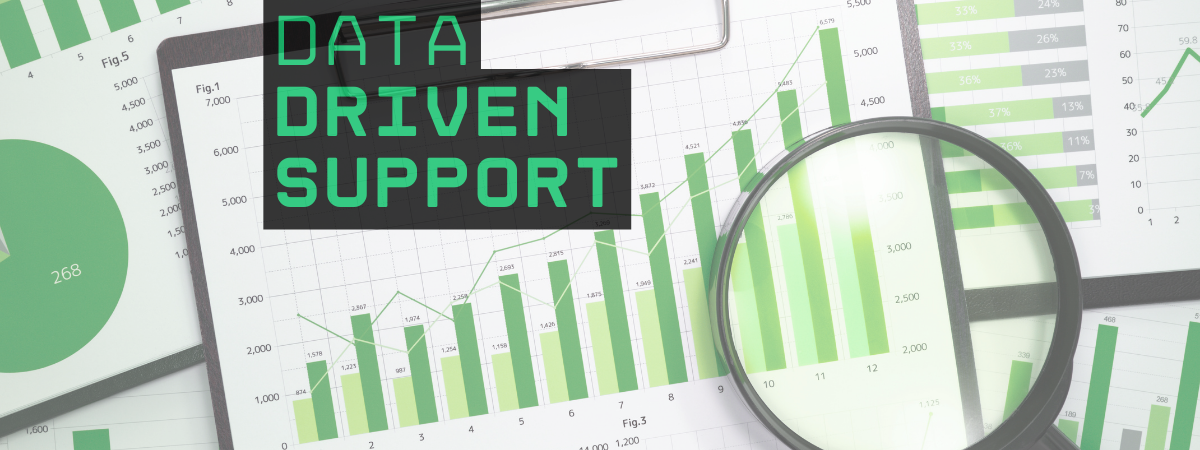
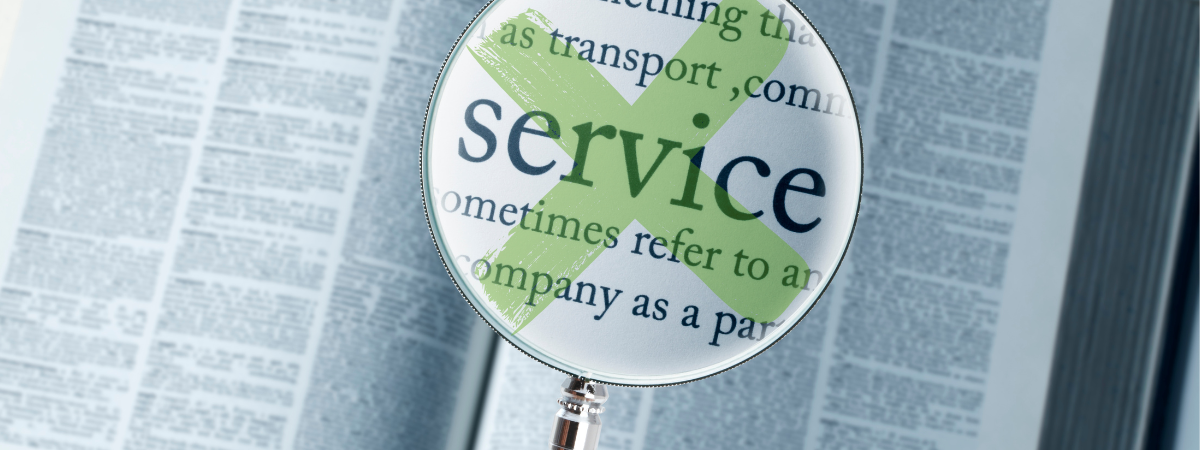
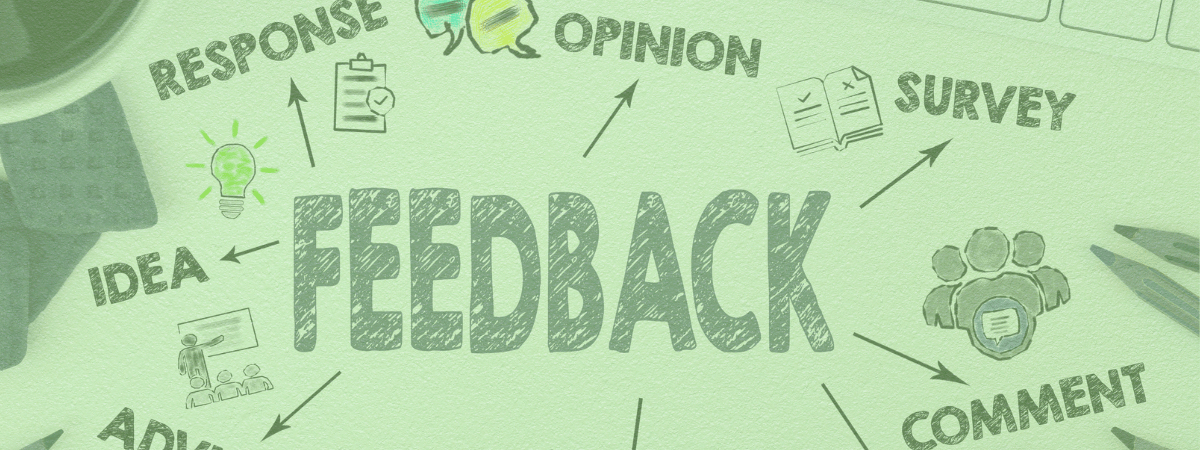
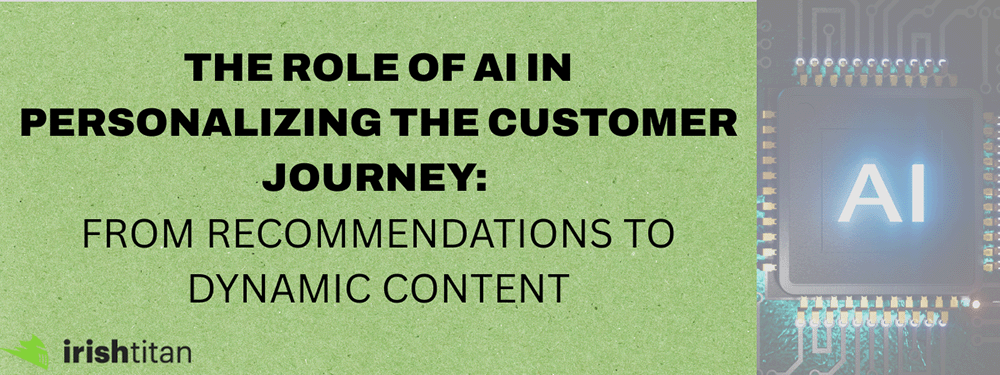
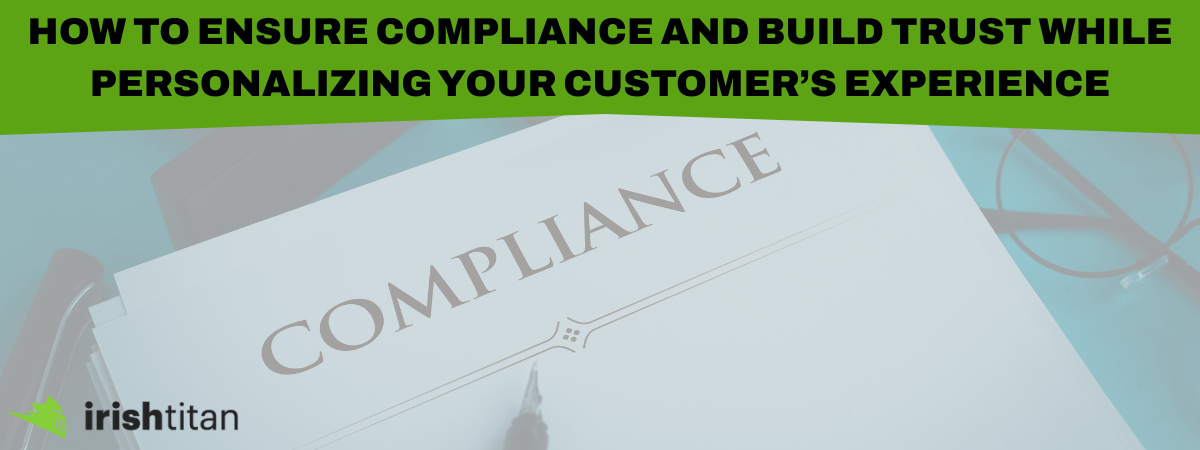
More from Ecommerce...

You know what’s cheaper, more profitable, and way more fun? Getting your current customers to come back AND bring their friends with them. That’s where referral programs and rewards systems come in.

Here’s the thing about loyalty programs: launching one is just the beginning. You don’t get customer love and long-term retention just by setting up a points system and calling it good. You’ve got to listen, tweak, and optimize based on what your customers actually want.

You worked your tail off (and probably spent a fair bit of your marketing budget) getting customers to your site. They browsed. They clicked. They bought.
